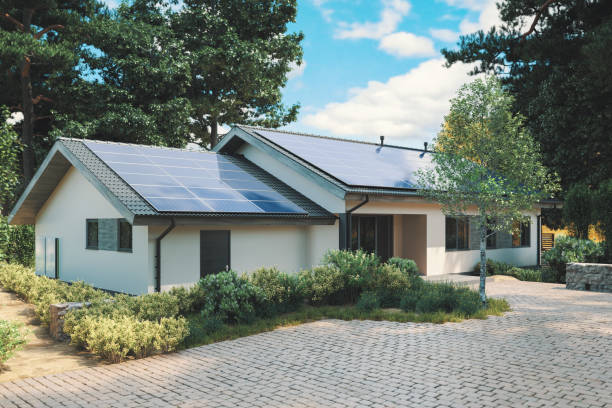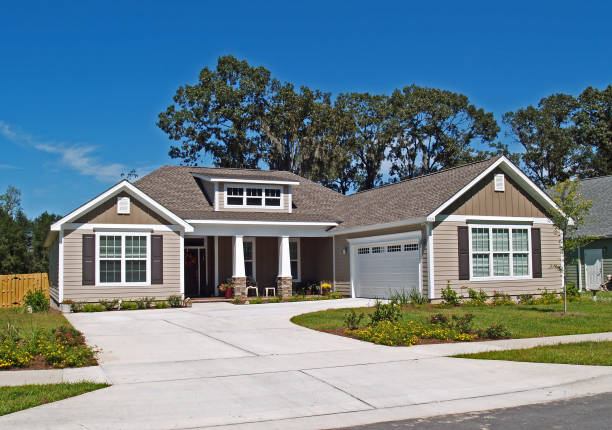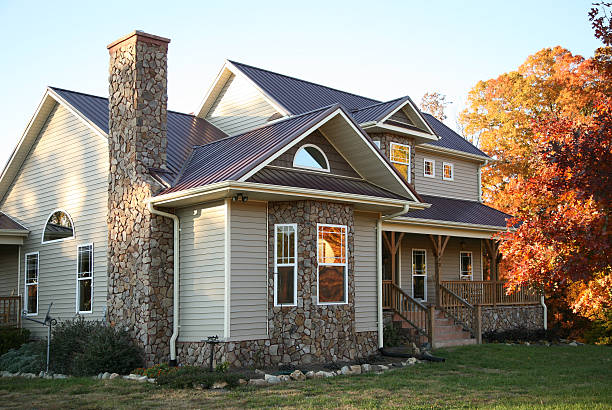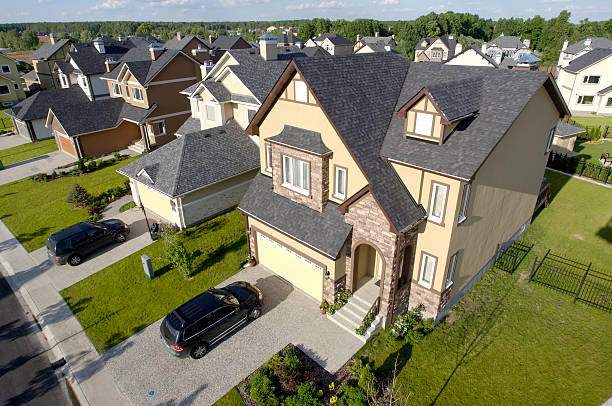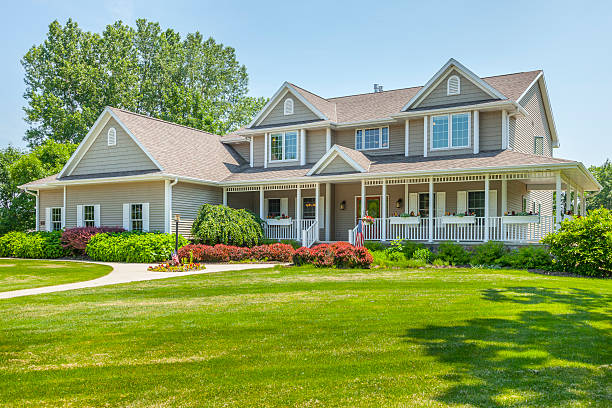Why Roof Ventilation Matters: Boosting Efficiency and Longevity
Roof ventilation is often one of the most overlooked aspects of a roofing system. While homeowners focus on choosing the right shingles, materials, and styles, they may forget that proper ventilation plays a crucial role in maintaining the health, efficiency, and longevity of their roof. In fact, without adequate ventilation, your roof and home can suffer from a range of issues that may lead to costly repairs or premature replacement.
In this article, we’ll explore why roof ventilation is essential, how it works, and how it can improve the overall performance of your home. Let’s dive in.
What is Roof Ventilation?
Roof ventilation is the system of air intake and exhaust openings built into the roof design. It allows for a continuous flow of air through the attic space, ensuring that the warm, moist air inside the attic is vented out and replaced with cooler, drier air from outside. This natural airflow helps to regulate temperature and moisture levels, preventing the buildup of harmful conditions that could damage your roof and home.
There are two primary types of ventilation:
- Intake Ventilation: Usually located at the eaves or soffits, intake vents allow cooler air to enter the attic.
- Exhaust Ventilation: These vents are located at the peak or ridge of the roof, allowing warm, humid air to escape.
Both intake and exhaust vents work together to create an ideal flow of air, which is essential for maintaining roof health.
How Roof Ventilation Works
A properly ventilated roof allows air to circulate freely between the attic and the outside environment. Here’s a basic breakdown of how the ventilation process works:
- Intake vents allow cooler air to enter the attic from outside.
- As the air moves through the attic, it absorbs heat and moisture.
- Exhaust vents at the roof’s peak release the warm, humid air trapped inside the attic.
This continuous airflow helps keep the attic temperature balanced and prevents heat and moisture from accumulating. The goal is to create a balanced system where the intake and exhaust vents are sized correctly to allow for optimal air circulation.
The Benefits of Proper Roof Ventilation
Prevents Heat Buildup
In the summer months, the sun can heat your roof to extreme temperatures, which can cause the attic to become an oven. Without proper ventilation, this heat can build up in the attic, which not only raises indoor temperatures but also leads to a host of problems, including:
- Increased air conditioning costs
- Premature aging of roofing materials
- Warping of wooden roof decking
With proper ventilation, the heat in the attic is vented out, reducing the risk of heat buildup and helping to maintain a comfortable indoor environment.
Reduces Moisture and Condensation
During the winter months, warm air from your home can escape into the attic, where it may come into contact with the colder surfaces of the roof. This can result in moisture buildup, which can lead to:
- Mold and mildew growth
- Wood rot and structural damage
- Ice dams (in colder climates)
Proper ventilation helps to expel the moisture-laden air, preventing condensation from forming on the roof and attic surfaces.
Extends the Lifespan of Your Roof
Excess heat and moisture are two of the main causes of premature roof damage. When these elements are not properly vented, they can weaken shingles, damage the roof decking, and promote the growth of mold or rot. By keeping your attic well-ventilated, you help protect your roof from these damaging elements, thereby extending its lifespan.
A roof that is properly ventilated is less likely to suffer from issues such as curling or buckling shingles, allowing you to avoid costly repairs and replacements in the future.
Improves Energy Efficiency
Heat buildup in the attic can cause your home’s air conditioning system to work overtime, driving up your energy bills. When a roof is well-ventilated, it helps maintain a stable temperature in the attic, reducing the need for excessive cooling. This means your air conditioner doesn’t have to work as hard, resulting in lower energy costs.
Additionally, during the winter, roof ventilation helps prevent the formation of ice dams, which can damage your roof and cause costly repairs. This contributes to the overall energy efficiency of your home and can help save you money in the long run.
Protects Your Home’s Structure
A poorly ventilated roof can lead to moisture buildup, which can cause wood rot, damage to insulation, and the weakening of structural components. Over time, this can compromise the integrity of your home’s framing and roof deck, leading to costly repairs. Proper ventilation helps to prevent moisture damage and ensures the stability of your home’s structure.
How to Ensure Proper Roof Ventilation
To achieve optimal roof ventilation, it’s essential to assess and ensure the proper balance between intake and exhaust vents. Here are a few key considerations:
Size and Placement of Vents
The amount of ventilation required depends on the size of the attic and the type of roofing system in place. A general rule of thumb is to have 1 square foot of ventilation for every 150 square feet of attic space. This ratio should be split evenly between intake and exhaust vents. It’s important to make sure that vents are properly placed to allow for proper air circulation.
Types of Vents
There are several types of roof vents to choose from:
- Ridge Vents: Installed along the peak of the roof, ridge vents allow warm air to escape and are ideal for creating a continuous flow of air.
- Soffit Vents: Located at the eaves of the roof, soffit vents allow cool air to enter the attic, balancing out the flow of air.
- Gable Vents: Placed on the gable ends of the roof, gable vents can help improve ventilation, though they may not be as effective as ridge and soffit vents when used alone.
Inspect and Maintain Your Vents
Regular inspection and maintenance are key to ensuring that your roof ventilation system continues to function properly. Over time, vents can become clogged with debris, insulation, or even bird nests. Clean your vents regularly and have your roof inspected periodically by a professional to ensure that they are working as intended.
Conclusion: The Importance of Roof Ventilation
Roof ventilation is a critical aspect of roof performance that can significantly impact the longevity of your roof, your home’s energy efficiency, and the overall comfort of your living space. By promoting airflow and reducing heat buildup and moisture accumulation, roof ventilation helps to prevent a range of roofing issues, from mold growth to premature wear and tear on roofing materials.
To ensure that your home is adequately protected, it’s important to invest in proper ventilation and perform regular maintenance. By doing so, you’ll help preserve your roof’s integrity, extend its lifespan, and keep your home comfortable and energy-efficient for years to come.

